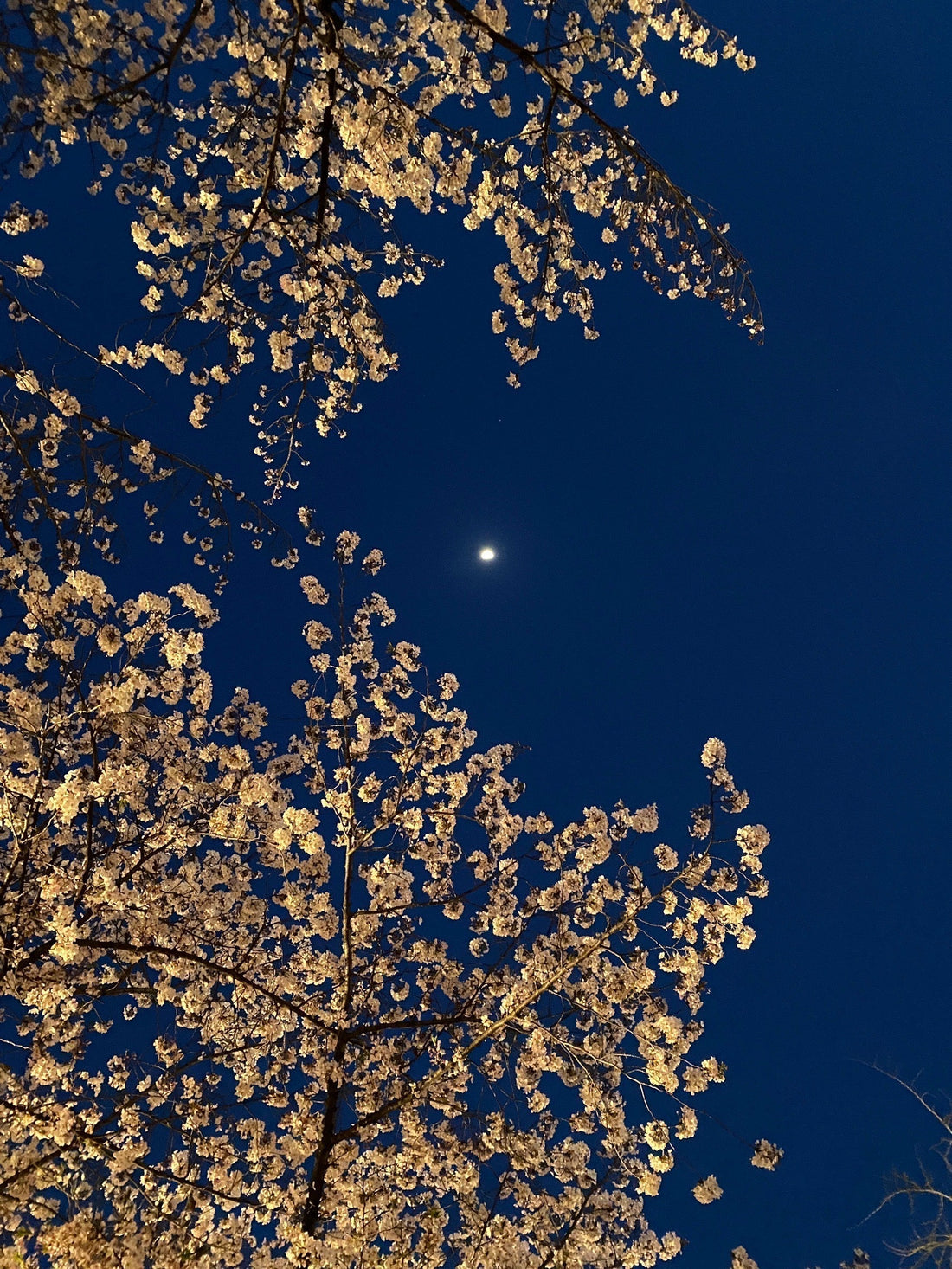
Discovering Japan in April: Cherry Blossoms, Tea, and Timeless Traditions
April in Japan is a magical time. As the winter chill fades, the country transforms into a canvas of soft pink petals—cherry blossoms, or sakura, bloom in full glory, drawing people outdoors to enjoy one of Japan's most cherished traditions: Ohanami (flower viewing). For many Australians visiting Japan this time of year, this experience is nothing short of enchanting.
But have you ever wondered why the Japanese gather beneath the cherry trees each spring? Or why tea is prepared so slowly and mindfully during a traditional tea ceremony? These aren’t just beautiful customs—they’re windows into the Japanese soul.
What Is Hanami? The Japanese Cherry Blossom Viewing Tradition
To a first-time visitor, Hanami might look like a cheerful picnic under cherry trees. Friends, families, and even coworkers lay down blue tarps, share food and drinks, and enjoy the blossoms together. But beneath this joyful gathering lies a deeper meaning.
In Japanese culture, cherry blossoms symbolize the fleeting nature of life—mono no aware, the awareness of impermanence. Sakura blooms in full splendor for just a few days before falling to the ground, a poetic reminder that beauty is temporary, and moments should be cherished.
For many foreigners, this feels quite different from seasonal celebrations back home. While spring is celebrated worldwide, the Japanese view of nature is deeply spiritual. It’s not just about enjoying the beauty, but also reflecting on life itself.
Why the Japanese Tea Ceremony Is More Than Just Drinking Tea
Attending a traditional Japanese tea ceremony (sadō or chanoyu) can feel almost like stepping into another world. The room is silent, the air filled with the earthy aroma of matcha. The host moves slowly and deliberately, each gesture performed with precision. As a guest, you’re expected to sit in seiza (kneeling position), bow at the right moments, and drink your tea in a particular way.
At first, this formality might feel intimidating. But soon, many visitors realise that the tea ceremony isn’t just about drinking tea—it’s a mindfulness practice. Every step is meant to help both the host and guest become present, respectful, and calm. It’s a ritual that embodies harmony (和/wa), respect (敬/kei), purity (静/sei), and tranquility (寂/jaku).
For Australians and other visitors, used to grabbing a coffee on the go, this slow, intentional way of enjoying a drink can be a powerful cultural contrast—and an eye-opening experience.
From Cherry Blossoms to Matcha: A Cultural Journey Through Japan
Whether it's sitting under a sea of pink petals or kneeling on tatami mats with a bowl of matcha, these experiences offer something truly special connection. Not just to Japanese culture, but to nature, to tradition, and to ourselves.
Traveling to Japan in April isn't just about sightseeing—it's about feeling. Feeling the breeze scatter petals around you, feeling the silence as tea is passed from host to guest. And for many who visit, those feelings are unforgettable!
Shop our full range of teas here and start your own tea tradition today.

